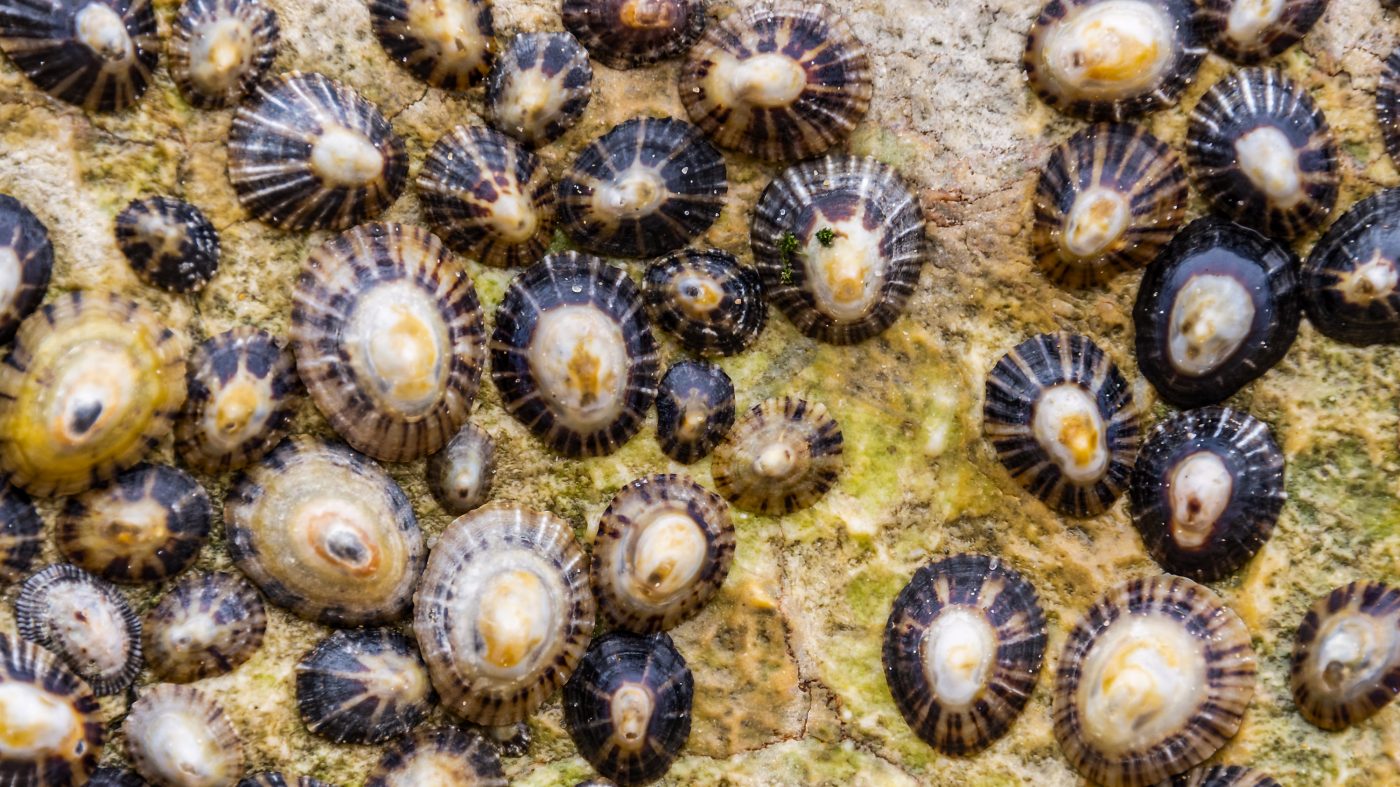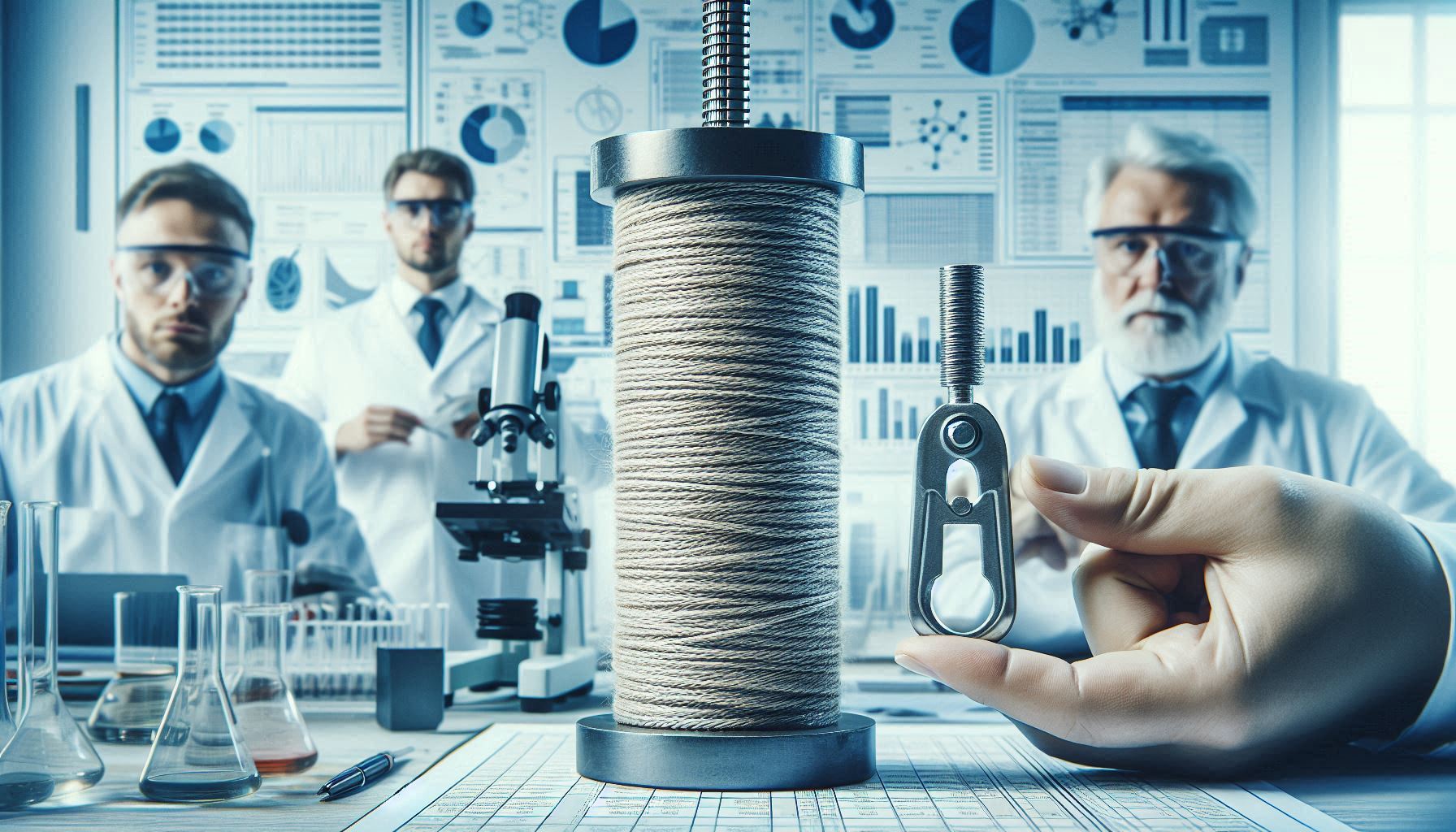When studying plants, minerals, insects, etc., the topic of tensile strength comes up in each case. Tensile strength seems to be the strength of the force that a material can withstand without breaking when pulled, and it seems to be an indicator used in the fields of materials and fibers. In living organisms, too, when you hold or hang from an object, a pulling force is applied to the body, and the force that pulls both sides of a material outward is called tensile force.
https://materialmechanics.work/archives/50
There is a lot of talk about compression and pressure resistance due to gravity, such as the high pressure environment inside the Earth and the low pressure environment in the upper atmosphere, but in everyday life, high and low pressures are rarely applied, and tensile forces and tensile resistance are more common. It seems that tensile forces act on the fins of fish due to the resistance between the body and the water, and tensile forces act on the branches and leaves of plants due to the trunk and the wind.
For creatures that fly in the air, such as animals and insects, there is an upward lift on the wings or wings and a downward gravity on the body, so a tensile force acts on them. For creatures that hang from a tree by hand or thread, there is an upward stress from the tree on the hand or thread and a downward gravity on the body, so a tensile force also acts on them.Spider silk is especially known for its strength, with a maximum tensile strength of about 1600 MPa, meaning that a 1 mm thick spider silk can withstand a weight of over 100 kg. Steel is said to have a tensile strength of about 500 MPa, making it about three times stronger than steel.
https://www.riken.jp/press/2017/20170119_1/index.html
Rocks do not seem to be very strong in tension, with granite at 10 MPa and quartz at 50 MPa, and the plant with the highest tensile strength is bamboo at about 400 MPa. The natural metal with the highest tensile strength is tungsten, which can reach a maximum of 1500 MPa. In comparison, the silk produced by insects is incredible. Silkworm silk is said to be as strong as steel, and bagworm silk is about twice as strong as spider silk.
https://www.naro.go.jp/publicity_report/press/laboratory/nias/130229.html
Also, a Western sea shell called a limpet has a tensile strength that exceeds that of spider silk. The teeth of a limpet are made of a chitinous base reinforced with nanocrystals of goethite, and the strength is said to be about 5000 MPa. This is the highest tensile strength found in nature for biological materials. Limpets are amazing.

I did some more research and found that the strongest tensile strength seems to be that of diamond, at about 60,000 MPa. I never imagined diamonds being pulled, but the diamond structure of carbon atoms is resistant to both tension and pressure. I also looked into the human body, and it seems that hair has a strength of about 200 MPa, while tendons such as the Achilles tendon have a strength of about 100 MPa. It may be that our daily lives are only possible because of the ability to resist tension. Tensile strength is incredible. The materials of the Earth are amazing.


